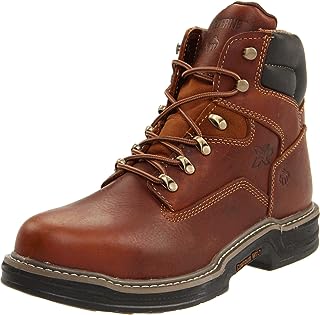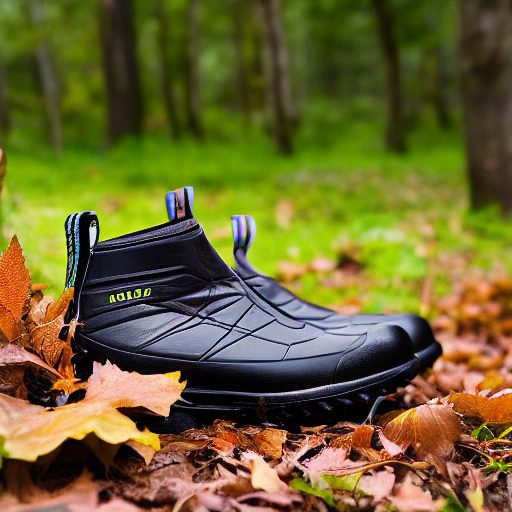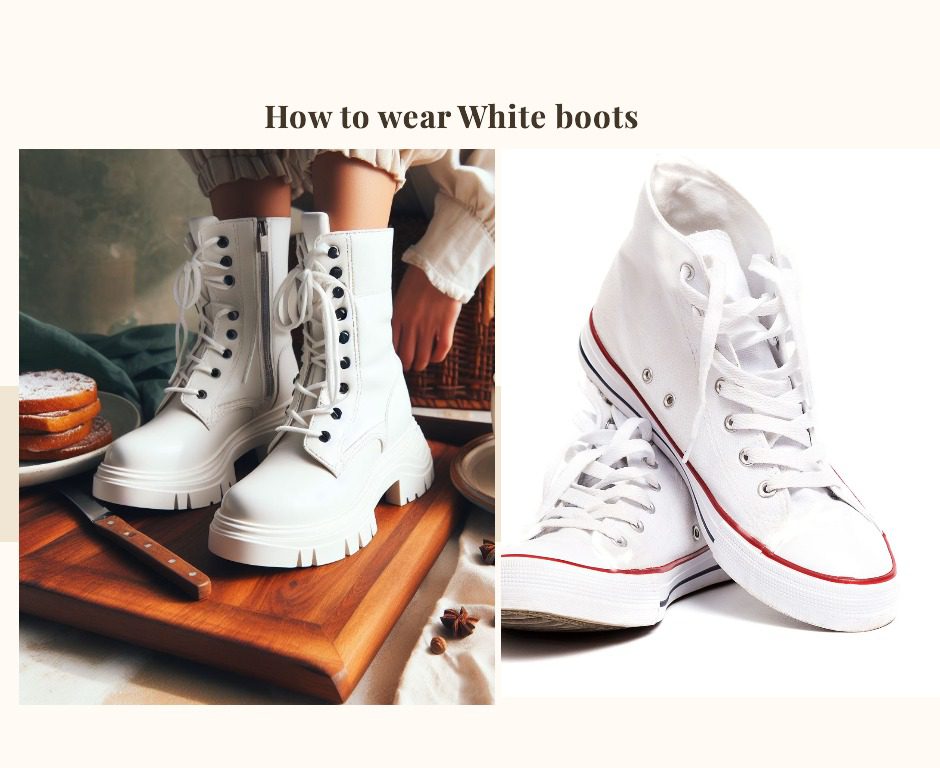Hey there! Are you tired of wondering how to apply mink oil to your boots effectively? Well, worry no more! I’ve got you covered with this comprehensive guide that delves into all the intricacies of mink oil application. We’ll address common concerns such as mink oil ruining your boots, how often to apply mink oil to your boots, and whether mink oil is bad for your leather. Whether you’re a seasoned boot enthusiast or a newcomer to leather care, this guide will equip you with all the knowledge and skills you need to keep your boots looking as good as new for years to come. So, let’s get started!
Table of Contents
ToggleWhat is Mink Oil?
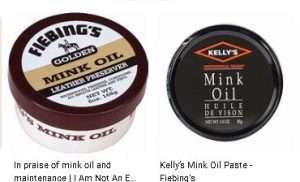

Is Mink Oil Bad for Leather?
One common question people have is if mink oil is bad for leather. The answer is that it depends. While mink oil provides excellent conditioning and waterproofing benefits, it can darken certain types of leather. Therefore, it is crucial to test the oil on a small, inconspicuous area of the boot before applying it all over.
How to apply mink oil to your boots effectively
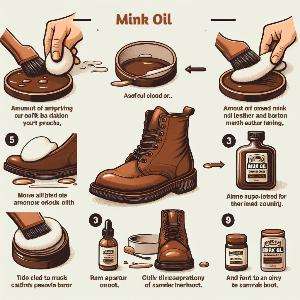

1. Clean Your Boots: To start, remove any dirt or debris from the surface of your boots using a soft brush or damp cloth. This step will help the mink oil penetrate the leather effectively.
2. Test a Small Area: Before applying the mink oil to the entire boot, test it on a small, inconspicuous area to ensure compatibility and to see if you get the desired results.
3. Apply Mink Oil: Using a clean cloth or an applicator brush, apply a small amount of mink oil to the surface of the boot. Work the oil into the leather in a circular motion, paying special attention to areas prone to dryness or cracking.
4. Allow to Dry: Let the mink oil absorb into the leather for several hours or overnight. Avoid wearing the boots until the oil has fully dried to prevent transfer onto clothing or surfaces.
Advanced Techniques for Boot Care:
If you want to take good care of your boots, there are a few advanced techniques you should consider.
- Firstly, to help the mink oil penetrate deeper into the leather, you can use a hairdryer on low heat to warm the boots before applying the oil.
- Secondly, it’s important to invest in high-quality mink oil products from reputable brands to ensure optimal results and minimize the risk of adverse effects on your boots.
- Lastly, while mink oil is a popular choice for conditioning leather, there are alternative products such as beeswax or lanolin-based creams that can also provide excellent results. So, you can consider these alternatives as well.
Ending Note
Possessing the skill of skillfully applying mink oil to boots is a valuable asset for every boot owner. With the help of the step-by-step guide outlined in this article, and by addressing common concerns such as mink oil ruining my boots or how often to apply mink oil to boots, you can ensure that your footwear remains in top-notch condition for years to come. Approach boot care with confidence and diligence, and your boots will reward you with long-lasting durability and timeless appeal.
FAQ
Most frequent questions and answers
How often should I apply mink oil to my boots?
Apply mink oil every few months, or as needed, depending on wear and environmental conditions.
Can you put too much mink oil on boots?
While mink oil is beneficial for leather, excessive application can lead to a greasy residue or potential damage to the material. Use sparingly and follow the manufacturer’s guidelines for best results.
What is the best way to apply mink oil to boots?
The best method is to apply mink oil sparingly and evenly, ensuring thorough coverage without saturating the leather.
Can mink oil ruin my boots?
When used correctly, mink oil nourishes and protects leather, but excessive application can cause greasiness.
Is mink oil bad for leather?
Mink oil is generally safe for leather, but test a tiny area first to establish compatibility.
Does mink oil waterproof boots?
While mink oil can give some water resistance, it is not a replacement for specialized waterproofing treatments.
What's the best way to apply mink oil to boots?
Apply sparingly and evenly with a clean cloth or applicator brush, and allow to dry.
Can I apply too much mink oil on boots?
Excessive mink oil can leave a greasy residue and potentially harm the leather. Use sparingly.
How do I remove excess mink oil from my boots?
With a clean, dry cloth, gently buff away any extra oil until the leather is dry to the touch.
Can I use mink oil on all types of leather?
Mink oil is generally appropriate for most varieties of leather, but consult the manufacturer for particular recommendations.
Will mink oil darken my boots?
Mink oil can darken leather slightly, although this is usually just transitory and gives character to the boots.
Can I apply mink oil to suede or nubuck boots?
Mink oil is not recommended for suede or nubuck as it can darken and damage the delicate fibers. Use suede-specific products
instead.
What is horseradish?
Horseradish is a culinary item that comes from the same family as broccoli and wasabi. It is primarily harvested for its roots, however the leaves are occasionally cooked as well. Horseradish does not appear to be much when newly dug from the ground. Sinigrin and myrosin, two components of horseradish, combine to generate a strong odor when the root is diced or scraped. The harsh odor of horseradish is responsible for its divisiveness. Many people become addicted to the root because of its spicy flavor, which leaves no aftertaste. The spicy flavor of horseradish will tingle your mouth, but the sensation will fade fast.
As an Amazon Associate and Adidas associate, I get money from qualifying purchases and may make money from links on this website.




